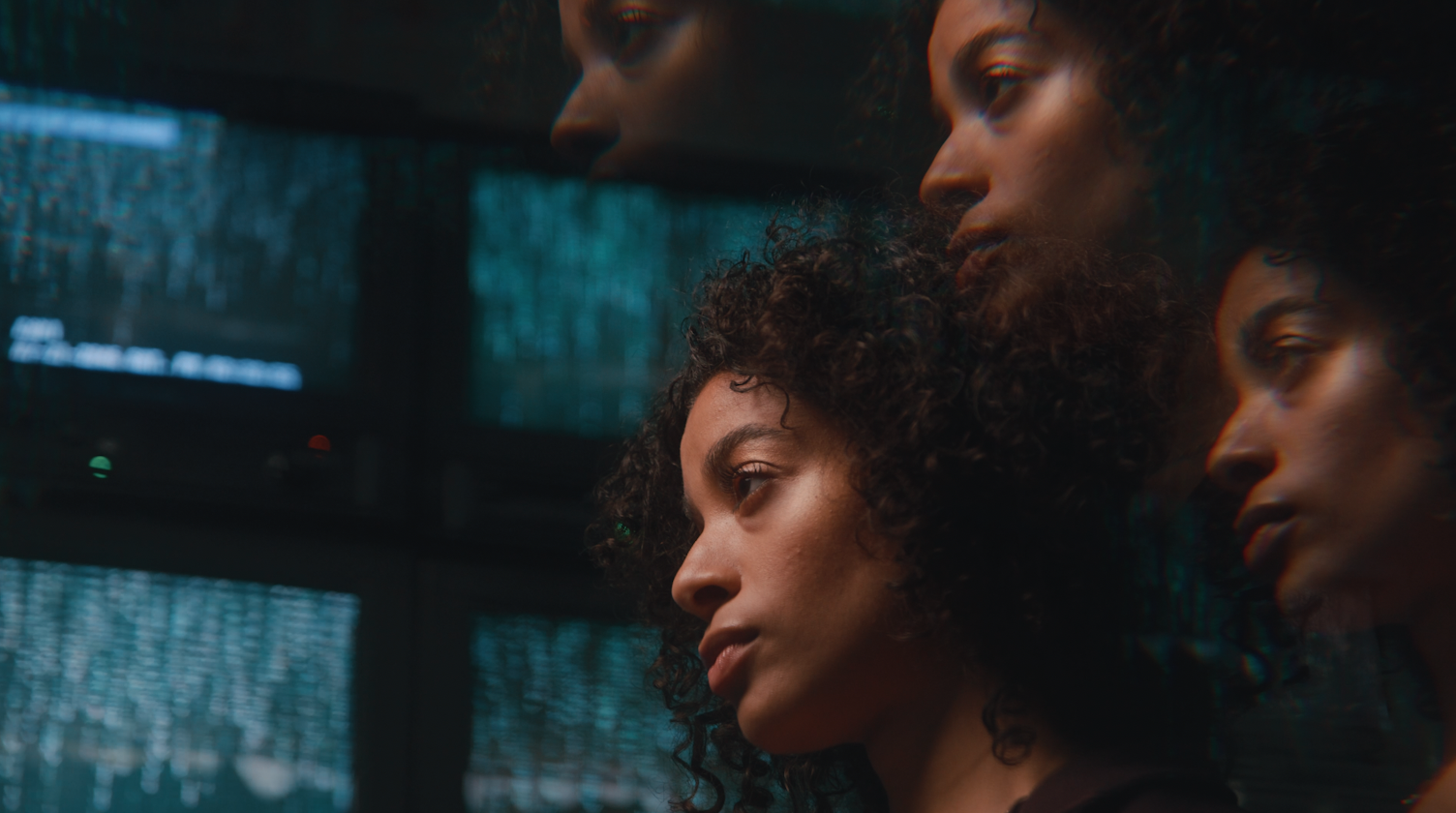
The Filmpac Ad Challenge
We know you work hard at your craft, and we want to invite you (yes YOU) to show us what you've got in our 10-day Ad Challenge!
Continue ReadingThere are lots of steps you need to take before your video is done and ready to be uploaded. And among content creators, one of the most overlooked parts of finishing up a video is setting the overall loudness level of the audio.
In his video, we’ll answer some common questions, and show you how to control your video’s loudness.

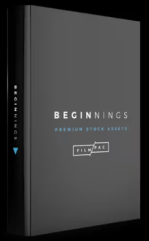
In any type of video editing or audio file mixing software, you’ll see audio meters. These can give you a visual representation of both your entire mix and your individual tracks.
These meters are numbered on a dbFS scale, in which 0dB is the maximum loudness (before the audio would begin to clip and become distorted) and every sound is measured by how many decibels lower than 0dB it is.
For example, a mix that peaks at -12dbFS means that it is 12 decibels quieter than maximum loudness. Most digital audio meters are dynamic, and will show your audio peaks in real time.

Most videos destined for the internet (ads, YouTube videos, films, etc.) should average between -12dbFS and -6dbFS, with peaks no higher than 0dbFS (to allow enough headroom to avoid distortion). The old standard was -20dbFS, but with the average video getting louder and louder, this can be a bit too quiet. You may also see audio measured in loudness units called LUFs, depending on the software you’re using.
The process of optimizing an audio file or video’s loudness level is called normalization.
-20dbFS to -12dbFS is the range that YouTube normalizes their videos to anyways (via an algorithm), so if you mix close to these levels before uploading to your YouTube channel, your videos will translate better after being uploaded. On most systems, this will be the “yellow” section of the meter.
This will also prevent your videos from being substantially quieter or louder than the other content your viewers will be watching. Audio that is too loud or too quiet could create a distraction and negatively affect the viewer’s experience.
If you’re creating a video that is going to broadcast, such as a television commercial or streaming ad, it’s best to reach out to the stations or platforms for a media kit that will tell you how loud your sound level should be.

The best way for video editors to control the overall loudness of a video, and keep playback levels consistent, is to use a multiband compressor on your entire mix.
In Premiere Pro, this can be done in the Audio Track Mixer window. Any video editing software will have these effects or plugins built-in.
Simply add the Multiband Compressor effect on the Mix fader, and either pull up a preset or use the volume thresholds and output gain fader to push your mix to the correct volume level on the meter.
You can also use a limiter (basically an aggressive compressor) to control dynamic range and achieve the correct levels.
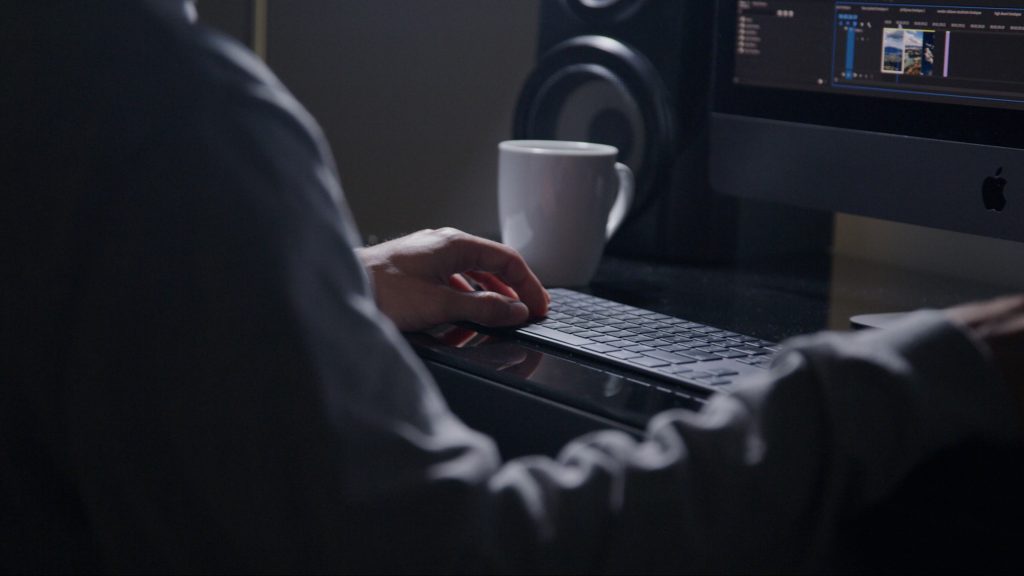
Once you get in the habit of being purposeful with the loudness of your videos, you’ll have more consistency with your final product. This overview should be a good reference and starting point for setting your video’s audio levels.
Kevin Graham is the Creative Director at Filmpac.

We know you work hard at your craft, and we want to invite you (yes YOU) to show us what you've got in our 10-day Ad Challenge!
Continue Reading
When it comes to professional video editing in the 2020s, two powerful software options stand out: Adobe Premiere Pro vs. DaVinci Resolve.
Continue Reading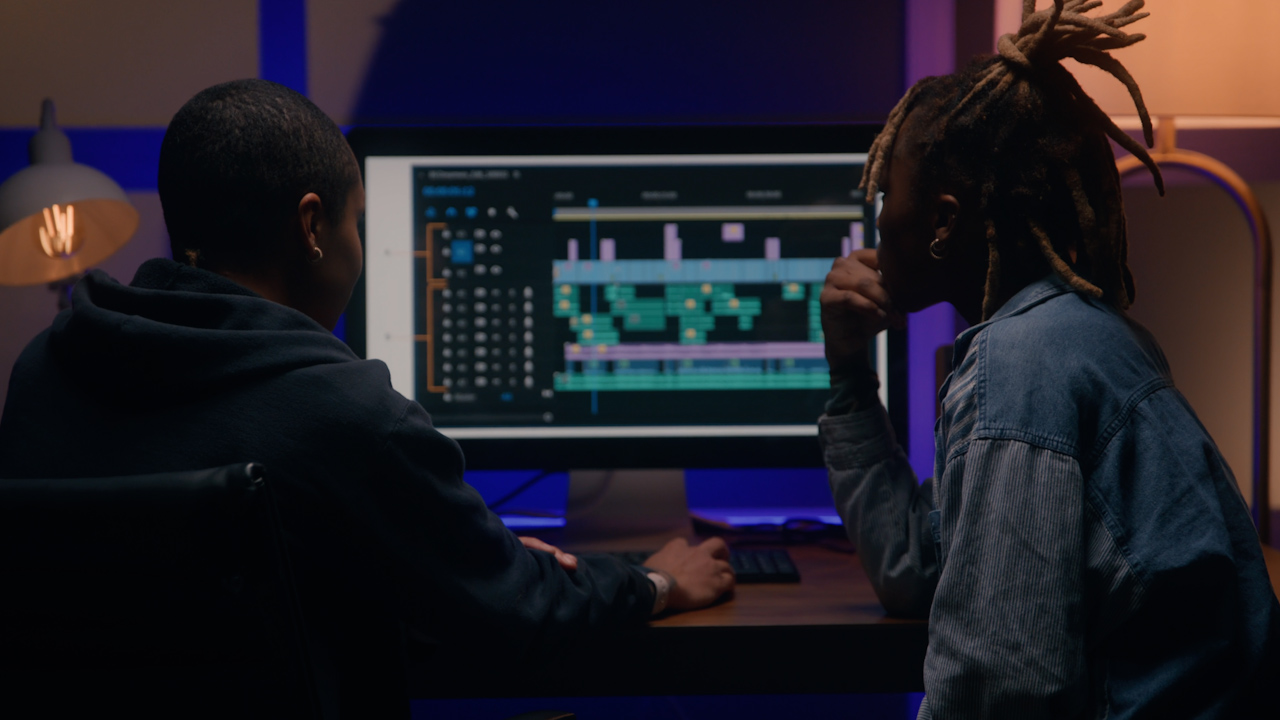
As content creators, the computers we use to edit our videos are just as important as the cameras we use to film. Here are our favorites.
Continue Reading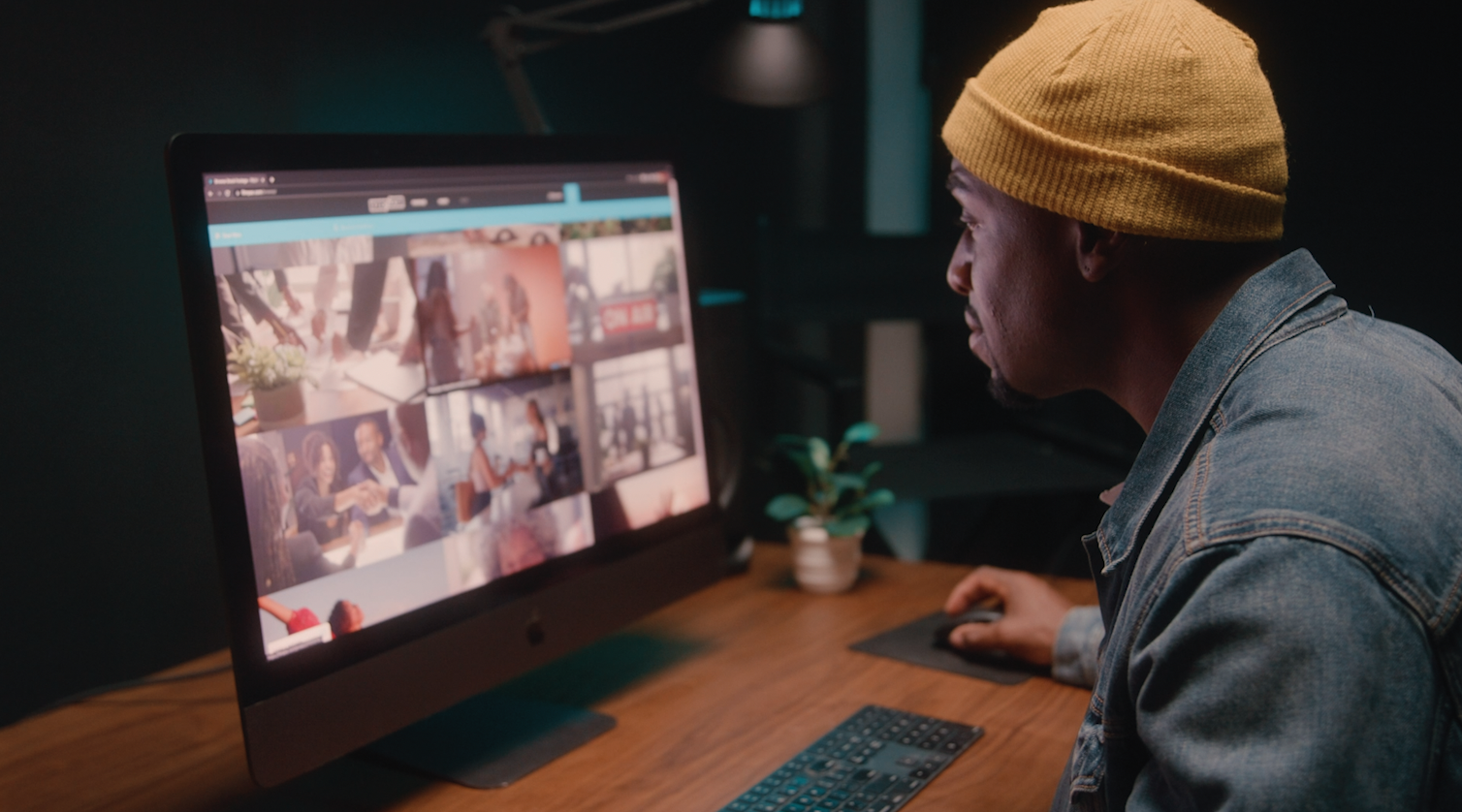
By far, the two most common frame rates in modern American video editing and production are 24fps and 29.97fps. Here's the difference.
Continue Reading

One of the most difficult parts of being a professional filmmaker is effectively managing and budgeting your time.
Continue Reading
Want to make money selling footage through a major stock footage platform like Filmpac? This page will walk you through the processs.
Continue Reading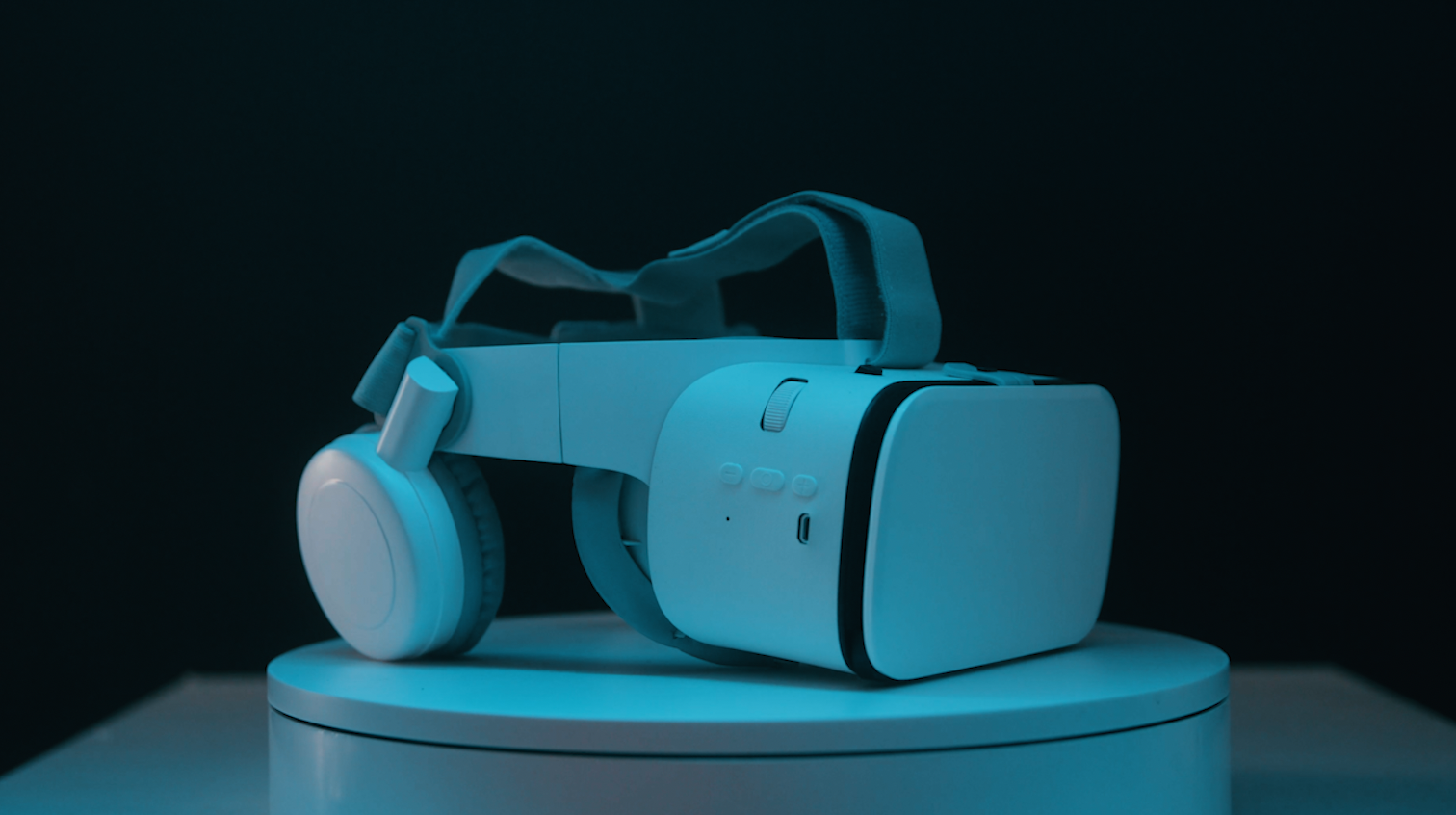
Virtual reality could be the biggest shift in the way we consume our content since the proliferation of the smartphone.
Continue Reading